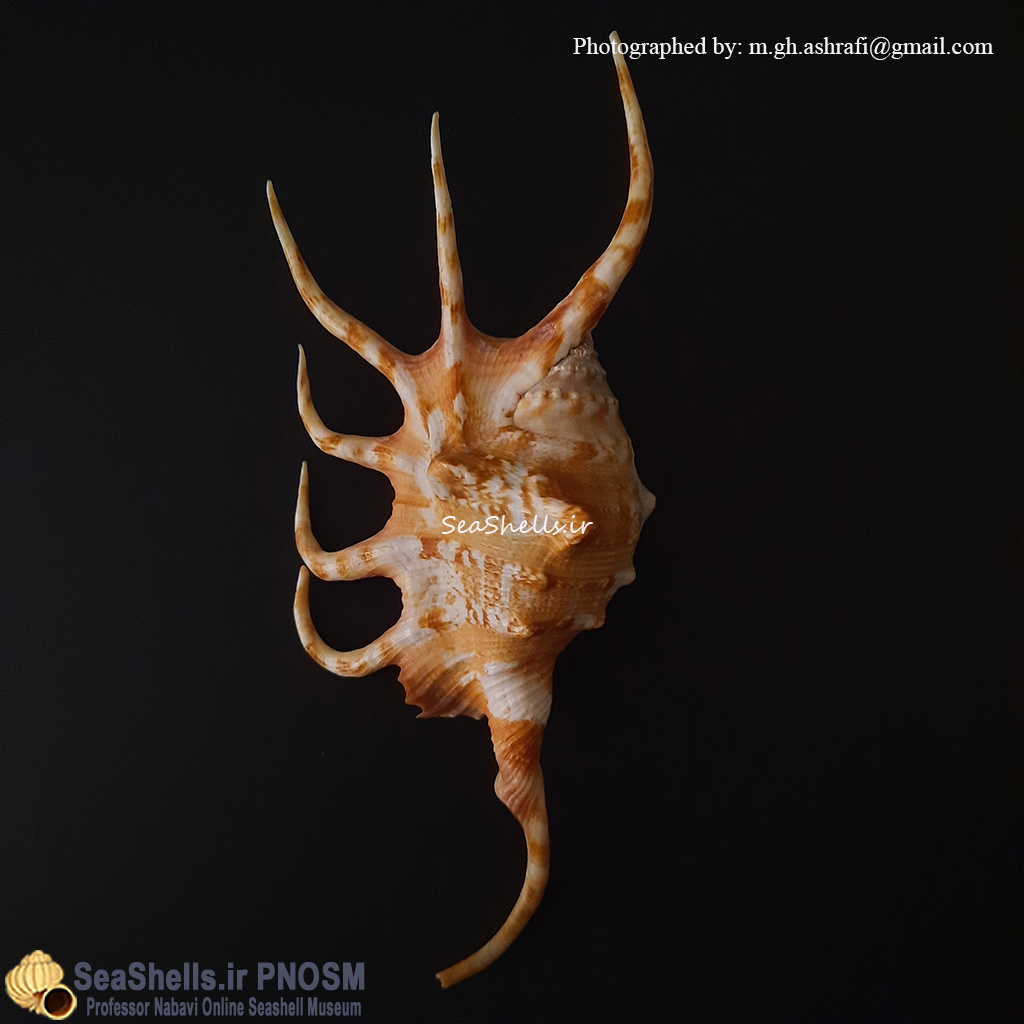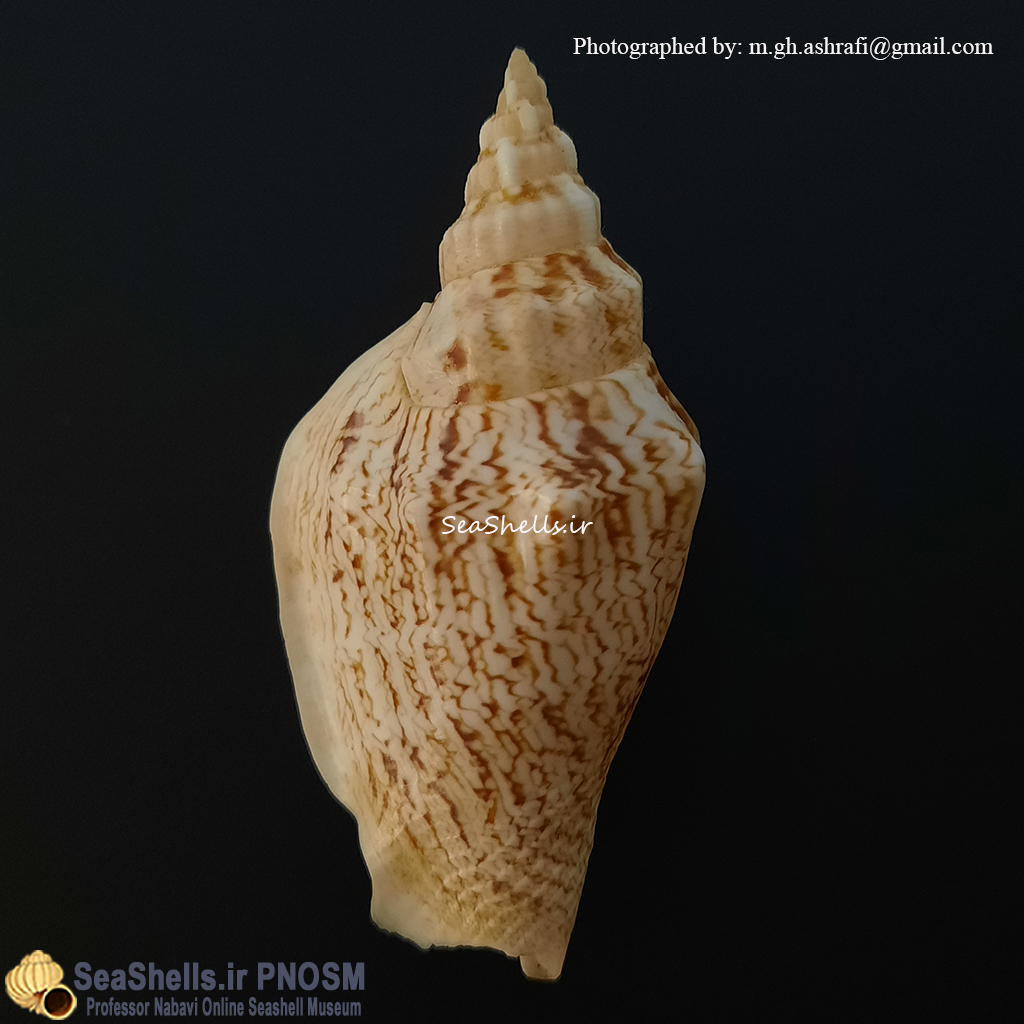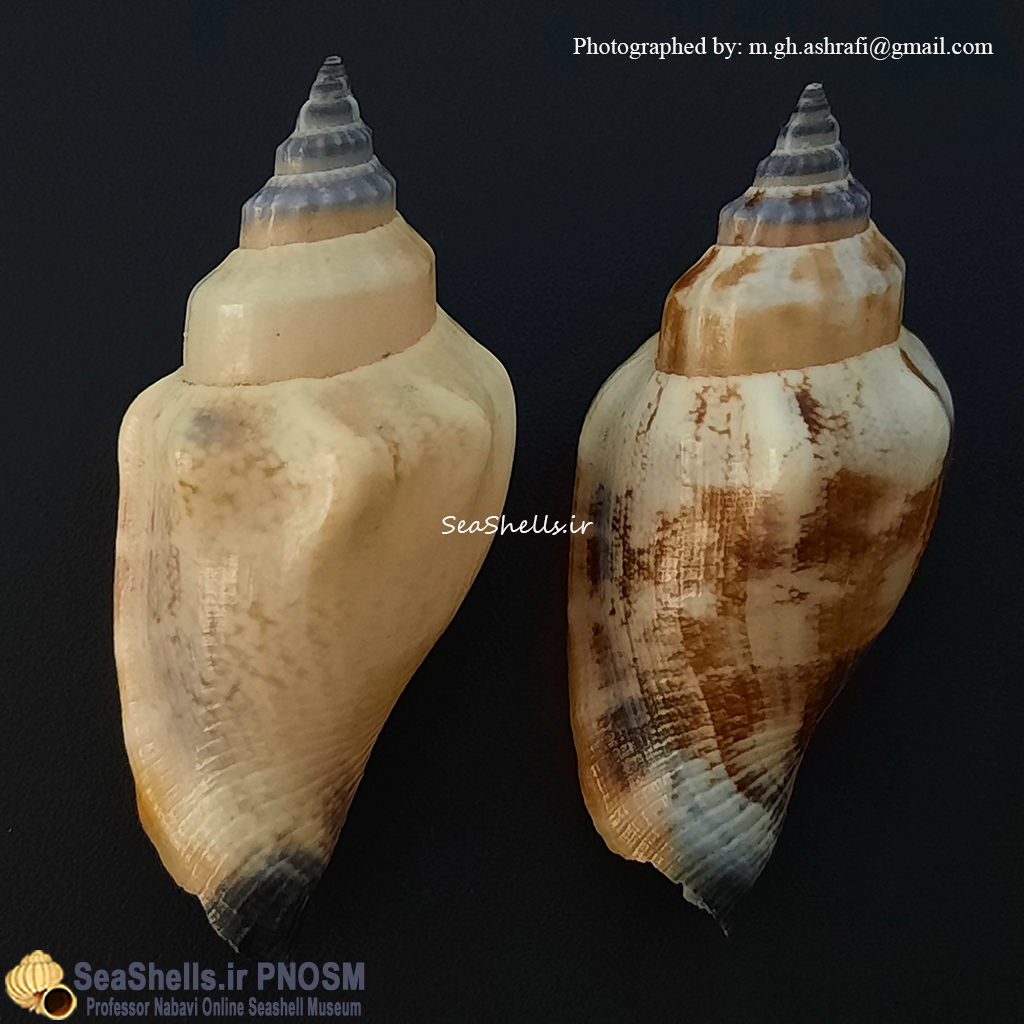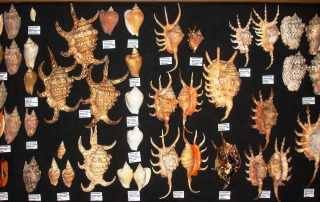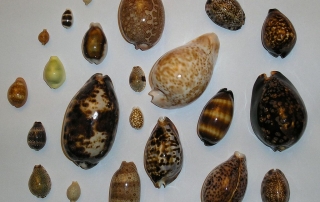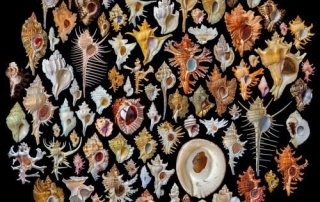Latest Added to Museum
Click the below link to observe all
Publications
STROMBIDAE
STROMBIDAE Family STROMBIDAE Family: STROMBIDAE Reference of figure STROMBIDAE The family Strombidae, commonly known as the true conchs, is a taxonomic family of medium-sized to very large sea snails. Lambis truncata is one of the largest strombs. Lambis truncata is one of the largest strombs. This family comprises about 100 species world wide, most of them living in shallow waters, on sandy, muddy or rubble bottoms on marine grass flats. Some species are very variable in color pattern, specially species of Canarium and Terestrombus, and it is interesting to make series of these color variations [1]. Canarium spp. Terestrombus sp. Reference of figure Strombidae gastropods live mainly in tropical and subtropical waters. Most species of Strombidae gastropods are distributed in the Indo-West Pacific Ocean. Several species of Strombidae are used as food or decoration. The Spider Conch (Lambis lambis) Reference of figure A live scorpion conch (Lambis scorpius) [...]
CYPRAEIDAE
CYPRAEIDAE Family CYPRAEIDAE Family: CYPRAEIDAE Reference of figure CYPRAEIDAE The Cypraeidae, or Cowries have long been one of the most popular collectible seashells due to their glossy appearance and varied colors and patterns; so-called “gems of the sea”. The approximately 217 species and numerous subspecies and forms have been the focus of many popular and scientific publications. Among the most popular of all seashells, the cowries are tropical and subtropical dwellers, living in shallow to relatively deepwater habitats. Most species are nocturnal, grazing at night on algae and other plant matter among rocks and reef environments. The Cypraeidae, or Cowries have long been one of the most popular collectible seashells Reference of figure One the smallest recorded Cowries, a specimen of Naria irrorata (Gray, 1828), is 7 mm in length. The largest, Macrocypraea cervus (Linne, 1771) has been recorded at 190.5 mm. One the smallest recorded Cowries, a specimen [...]
MURICIDAE
MURICIDAE Family MURICIDAE Family: MURICIDAE Reference of figure MURICIDAE Muricidae is the largest and very diverse family among marine snails with over 16000 valid species. They are mostly predatory and prey upon invertebrates including other mollusks and barnacles. Some species obtaining food by drilling a small circular hole in the shell of their prey. Muricids are usually ornamented with long spines or well developed wings. They are commonly known as murex snails or rock snails. Most species are fusiform in shape and some species with limpet-shaped and elongate forms. The aperture is typically open and ovate in outline. They are most common in tropical and subtropical shallow waters. Most muricids have very beautiful shells which are considered attractive by marine biologists and shell collectors. See MURICIDAE samples in Museum Main Hall MURICIDAE murex Murex Taxon Details Kingdom: Animalia Phylum: Mollusca Class: Gastropoda Subclass: Caenogastropoda Order: Neogastropoda Superfamily: Conoidea [...]
Click the below link to read all Papers
Our services:
Our services include the following:
Online Seashell Museum
Sale of certain seashell products
Seashell Sampling Services
Identification of Species
For detail of our services please visit the services page.
Do you need more?
Contact us and let us know

